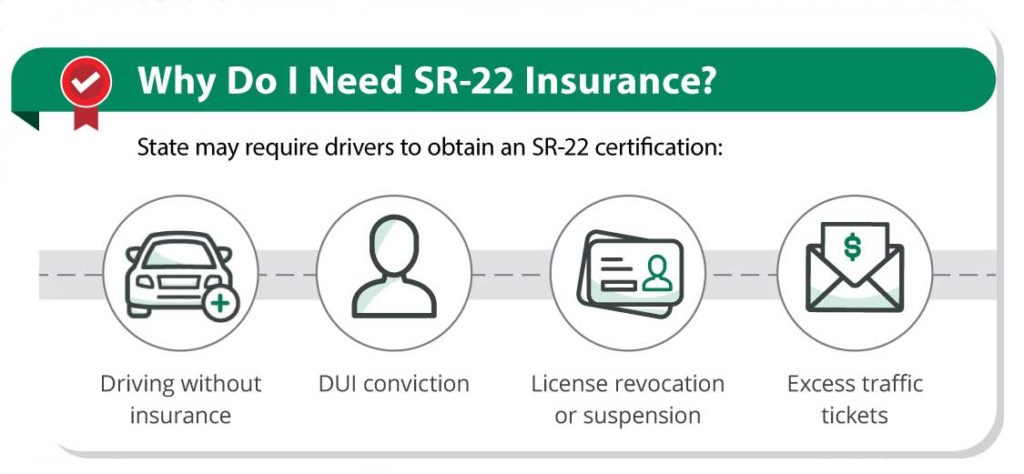In the afternoon, a state senate subcommittee unanimously advanced legislation that would prohibit self-driving trucks from operating on the state’s roads.
In between, Jeffrey Tumlin, director of transportation at the San Francisco Municipal Transit Agency, said current deployments on city streets have sown havoc. Without cooperation from self-driving technology companies, he warned self-driving taxis could cause “dystopic scenarios” related to traffic and safety.
Tumlin sketched a troubling portrait of everyday problems that have knotted traffic, upset first responders and concerned transit riders during a keynote address Tuesday at the Automated Road Transportation Symposium, an annual gathering of top industry, academic and governmental insiders hosted by the Transportation Research Board.
Problems include Cruise vehicles clustering at intersections and blocking traffic until the cars are removed by humans, robotaxis allowing passengers to exit vehicles in traffic lanes and cars stopping when they become befuddled by fog.
More troubling, he said robotaxis are interfering with law enforcement officers and firefighters by blocking their routes to incidents, parking atop fire hoses and not following commands to leave active scenes on a routine basis.
“We have heard lots of great marketing promises and been the ones on the ground dealing with the gap between marketing promises and reality,” Tumlin said.
His agency learns about incidents via contacts from local law enforcement, fire department officials or from 911 calls. An average of three 911 calls per day are made because of AV-related problems, he told Automotive News.
“There appears to be a strong correlation between the huge uptick in 911 calls that we’re receiving and Cruise’s transition into fully driverless and passenger service,” he said, noting he’s requested data from AV companies to help the city better assess their impact on city streets. Those requests have gone unfulfilled.
Tumlin has aired concerns before, but they came Tuesday amid a fresh barrage of other forces shaping both public opinion and policy related to self-driving technology in California.
Frustrated citizens have increasingly waged guerilla efforts aimed at thwarting autonomous-vehicle operations. Vigilantes hobbled Cruise and Waymo vehicles last week by sticking orange traffic cones on their hoods, causing the vehicles to stop.
It is not clear how those circumstances have impacted the thinking of regulators, but on Tuesday, the commission delayed a vote on Cruise and Waymo’s respective applications for new services in the city until Aug. 10. It marks the second time in as many weeks the vote has been delayed.
“We are disappointed by the CPUC’s continued delay on Waymo’s deployment permit and look forward to its swift resolution,” a company spokesperson said.
Meanwhile, the International Brotherhood of Teamsters has backed legislation in California that would prohibit self-driving trucks from operating on state roads without a human safety driver.
On Tuesday, the state senate’s transportation subcommittee unanimously moved the bill, AB 316, forward to the senate’s finance committee. Should it pass there, which industry insiders say is likely, it would go to the full senate for a vote and then to the governor’s desk.
That sets up a high-profile showdown between labor unions and the tech industry, two of California Democrats’ most prominent constituencies.
Jeff Farrah, executive director for the Autonomous Vehicle Industry Association, said the potential safety benefits of self-driving tech have gotten lost in the rancor.
“AB 316 will not make California’s roads safer,” he said. “Instead, the legislation preserves the status quo.”
Section Page News – Automotive News
#Autonomous #vehicle #companies #face #setbacks #California













